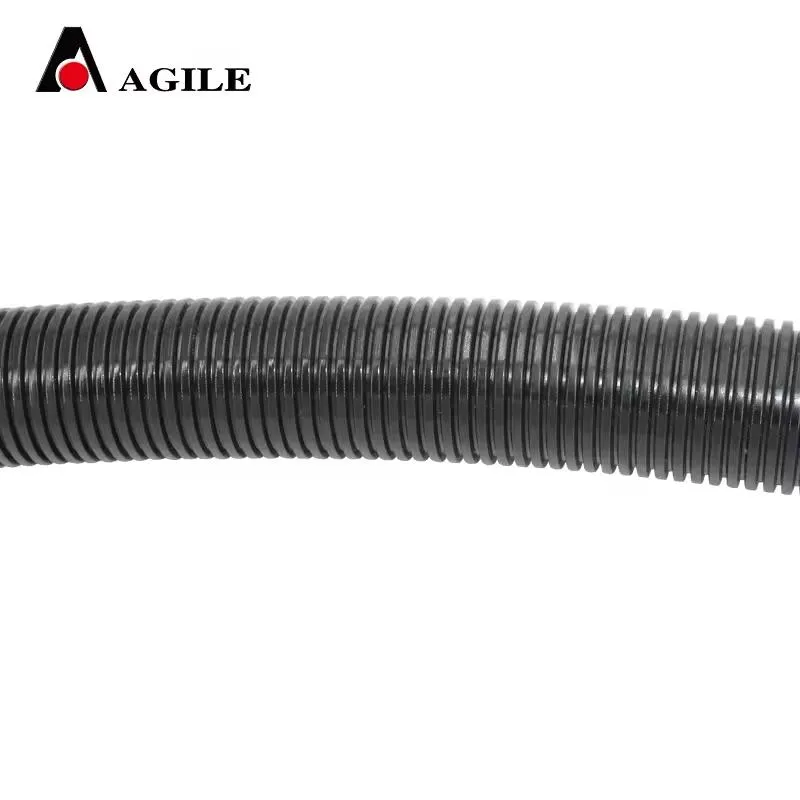Understanding the Benefits and Uses of Split Tubing for Cable Management
Understanding Split Tubing An Essential Component for Wire Protection and Organization
Split tubing, commonly referred to as split loom tubing or wire loom, is a popular solution for organizing and protecting wires and cables in various applications, ranging from automotive to household and industrial uses. This article examines the nature, benefits, types, applications, and installation of split tubing, shedding light on why it is an essential component in today’s wiring and cable management solutions.
What is Split Tubing?
Split tubing is a flexible plastic conduit that is designed to encase and protect wires and cables. Its distinguishing feature is a slit along its length, which allows it to be easily placed over existing wires without the need for disassembly. Typically made from materials like polyethylene or nylon, split tubing is lightweight yet durable, offering resistance to abrasion, moisture, and various chemicals.
Benefits of Split Tubing
1. Protection from Physical Damage Wires and cables are susceptible to abrasions and impacts, which can lead to damage or short-circuiting. Split tubing provides a layer of protection, safeguarding sensitive conductors from wear and tear.
2. Organization and Aesthetics Split tubing helps manage and organize wires neatly, reducing clutter in spaces such as electrical panels, computer setups, and automotive engine bays. This not only enhances the aesthetics of a workspace but also makes maintenance easier.
3. Flexibility The flexibility of split tubing allows it to adapt to various configurations and installations. It can easily be curved around corners or routed in tight spaces without compromising its protective function.
4. Temperature and Chemical Resistance Many types of split tubing are designed to withstand a range of temperatures and are resistant to various chemicals, making them suitable for use in harsh environments.
5. Ease of Installation The slit design of split tubing allows for quick and easy installation. Users can simply slide it over existing wires without the need for specialized tools, making it a user-friendly option.
Types of Split Tubing
Split tubing comes in a variety of materials and sizes to accommodate different applications
1. Polyethylene (PE) Split Tubing This is the most commonly used type and is ideal for general purpose applications. It offers good abrasion resistance and flexibility.
2. Nylon Split Tubing Often used in automotive and industrial settings, nylon tubing has higher thermal resistance, making it suitable for tasks involving higher temperatures and more demanding environments.
split tubing

3. Vinyl Split Tubing This option provides excellent chemical resistance and is often employed in laboratory or chemical handling applications.
4. Expandable Split Tubing This type features an expandable nature, allowing it to accommodate varying sizes of wires and cables while maintaining organization.
Applications of Split Tubing
Split tubing finds use across numerous fields, including
- Automotive Protecting wiring harnesses from heat, moisture, and abrasion. - Electronics Organizing wires within consumer electronics, such as computers and audio equipment. - Industrial Shielding cables in manufacturing facilities where they may be exposed to harsh conditions. - Home Equipment Used in home entertainment systems, appliances, and extensive cabling setups.
Installation Tips
Installing split tubing is straightforward. Here are some steps to ensure effective usage
1. Select the Right Size Measure the diameter of the wires or cables to determine the appropriate split tubing size. The tubing should snugly fit over the wires without being too tight.
2. Cut to Length Using a sharp utility knife or scissors, cut the tubing to the appropriate length, accounting for the total lengths of the wires being covered.
3. Slide the Tubing On Simply slide the split tubing over the wires, ensuring that it covers the entire length that requires protection. If dealing with multiple wires, ensure they are bundled neatly before applying the tubing.
4. Secure if Necessary For applications where stability is crucial, consider using cable ties or adhesive clamps to keep the tubing in place.
Conclusion
Split tubing serves a vital role in wire protection and organization across multiple industries. Its ease of use, flexibility, and protective features make it an indispensable tool for anyone working with electrical wiring or managing cables. Whether for automotive, industrial, or personal use, split tubing offers a simple yet effective solution to keep wiring systems safe and orderly. Understanding its benefits and proper installation can lead to better outcomes in both functionality and safety in various applications.








